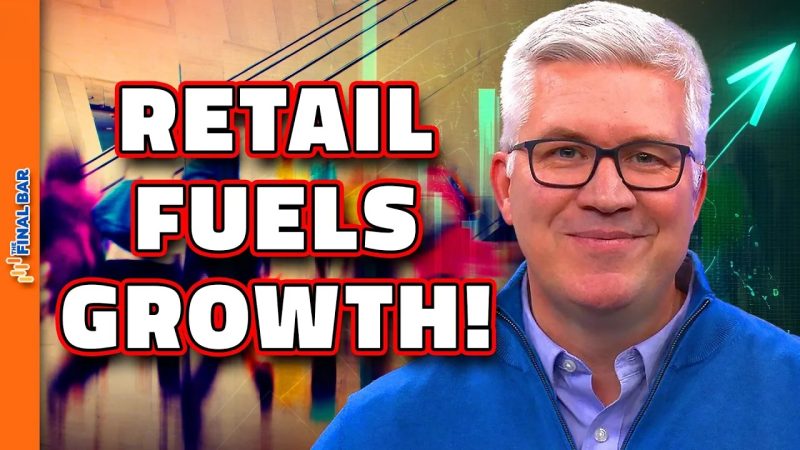In recent times, fears of high inflation rates have been steadily rising as economies around the world continue to recover from the impact of the COVID-19 pandemic. The consequences of such fears have been evident in various sectors, including the retail industry. Strong retail sales have been driving substantial growth, but concerns over inflation are leaving experts and consumers alike wary of what the future may hold.
Retail sales have surged in response to several factors, including increased consumer confidence as vaccination rates rise and economies cautiously reopen. Businesses are reporting robust earnings as a result of heightened consumer spending, signaling a return to pre-pandemic levels of economic activity. This surge in consumer demand has translated into strong retail sales figures, providing a significant boost to overall economic growth.
However, the specter of inflation looms large over these positive developments. Rising inflation can erode the purchasing power of consumers and lead to higher prices for goods and services. This has the potential to dampen consumer confidence and curb spending, thereby stalling the current momentum seen in retail sales and overall economic growth. Central banks and policymakers are closely monitoring inflation rates, aiming to strike a balance between stimulating economic recovery and preventing runaway inflation.
The Federal Reserve, in particular, is taking a cautious approach to managing inflation expectations. The recent pandemic-induced disruptions to global supply chains have contributed to increased prices for raw materials and goods, putting upward pressure on inflation. The challenge lies in ensuring that this inflationary pressure does not spiral out of control and destabilize the economy. The Federal Reserve has signaled its intention to maintain loose monetary policy for the time being, allowing for continued economic growth while closely monitoring inflation indicators.
Consumers are also grappling with the implications of potential inflation. As prices rise, households may need to tighten their belts and adjust their spending habits. Higher inflation rates could lead to increased costs for necessities such as food, fuel, and housing, impacting the overall standard of living. Businesses, too, may face challenges in navigating the uncertain economic environment, as rising production costs could squeeze profit margins.
Amidst these concerns, the retail sector continues to drive growth, buoyed by strong consumer demand and robust sales figures. E-commerce platforms have seen explosive growth, with online retail sales reaching new heights as consumers adapt to changing shopping habits. Retailers are leveraging technology and data analytics to better understand consumer behavior and tailor their offerings to meet evolving needs.
In conclusion, the interplay of inflation fears and strong retail sales is shaping the economic landscape in profound ways. While robust consumer spending is fueling growth, the specter of inflation poses a significant risk to the current momentum. Balancing these competing forces will be crucial in sustaining economic recovery and ensuring a stable and prosperous future for all stakeholders. By remaining vigilant and adaptive in the face of ongoing challenges, businesses and policymakers can navigate these uncertain times with resilience and foresight.
